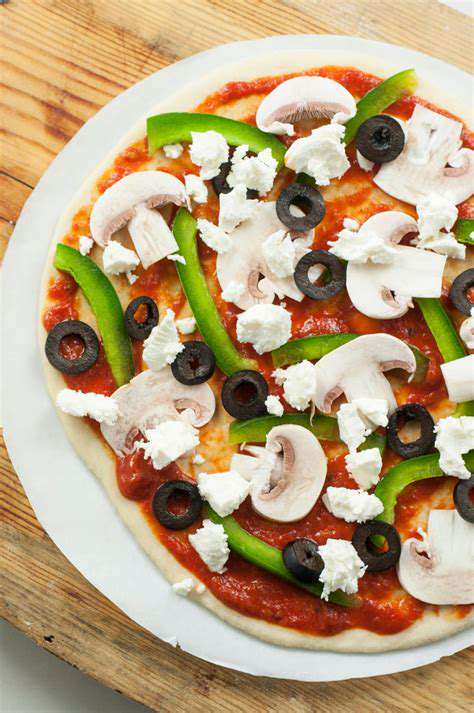Top Desserts to Try in Paris
Few things compare to biting into a freshly baked pain au chocolat in a Parisian café at dawn. The crisp, golden layers shatter delicately as your teeth sink through buttery pastry into ribbons of molten dark chocolate. This isn't just breakfast - it's a ritual perfected over centuries. Local bakers still follow techniques passed down through generations, waking before sunrise to create these flaky masterpieces. The secret lies in the precise folding of dough and butter, creating hundreds of paper-thin layers that puff dramatically in the oven.
Seek out smaller neighborhood boulangeries where the pastries emerge from the oven in small batches throughout the morning. The difference between one that's sat for hours versus one still warm from the oven is like night and day. Pair it with a strong café au lait for the quintessential Parisian start to your day.
Crème brûlée: A Creamy Dream
There's theater in every proper crème brûlée service. That satisfying crack as your spoon breaches the caramelized sugar crust reveals silken custard beneath. The magic happens in the contrast - the brittle top giving way to cool, vanilla-specked cream. Traditional recipes use just five ingredients: cream, eggs, sugar, vanilla, and patience. The custard must bake slowly in a water bath to achieve its signature texture, then chill thoroughly before receiving its glass-like sugar topping.
Macarons: Delicate Delights
Pierre Hermé revolutionized these almond meringue sandwiches in the 1990s, transforming them from simple cookies into edible art. Each pastel-hued disc requires precise measurements and technique - overmix the batter and they'll be flat, undermix and they'll lack the characteristic foot. The best macarons achieve that elusive balance: crisp shells that yield to a slightly chewy interior, with fillings that complement rather than overwhelm.
Éclairs: A Heavenly Explosion of Flavor
Modern patissiers have elevated the humble éclair into a canvas for creativity. While the classic version features vanilla pastry cream and chocolate glaze, today's versions might contain passionfruit curd or matcha-infused cream. The key remains the choux pastry - it must puff dramatically in the oven to create that hollow center ready for filling. Watch skilled pastry chefs pipe the dough in one continuous motion - this technique ensures even baking and the perfect éclair shape.
Profiteroles: A Rich and Delightful Treat
There's something magical about how these unassuming puffs transform when split open and filled. The best profiterole experiences involve three elements: warm chocolate sauce poured tableside over chilled cream-filled puffs, creating a play of temperatures and textures. Legend has it that Catherine de' Medici's pastry chef invented the prototype in the 16th century, though the chocolate sauce addition came much later during France's chocolate craze in the 1800s.
Mille-feuille: Layers of Delicate Delight
Also called napoleon, this pastry is a test of a baker's skill. Each layer of puff pastry must rise evenly without warping, creating distinct strata separated by pastry cream. The traditional version features exactly 1,001 layers - hence the name thousand leaves. Modern interpretations might alternate the cream with fruit compotes or flavored mousses, but purists argue the vanilla version remains the ultimate test of technique.
Tart Tatin: A Sweet Surprise
The story goes that the Tatin sisters invented this upside-down caramelized apple tart by accident in their hotel kitchen. What began as a mistake became one of France's most beloved desserts. The magic lies in the caramelization process - the apples must cook slowly in butter and sugar until they surrender their juices, which then reduce to a deep amber syrup. When inverted, the apples glisten like jewels atop the flaky pastry base.
Turning your compost is a crucial step in the composting process, as it aids in the decomposition of organic matter and ensures a more even distribution of moisture and air. This process is essential to prevent the formation of anaerobic conditions, which can lead to unpleasant odors and slow down the composting process. Proper turning also helps to break down large pieces of organic material into smaller, more manageable pieces, speeding up the decomposition process.
Exploring the Chocolate Scene: A Dark and Delicious Adventure
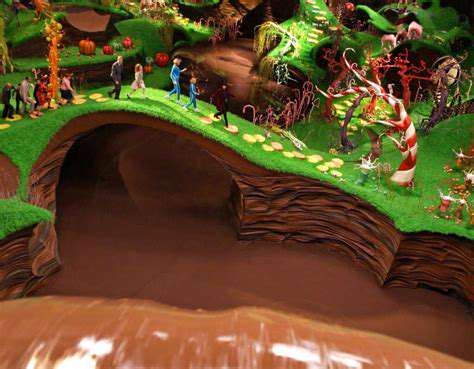
A Deep Dive into Chocolate Production
Walking through a cacao plantation during harvest season reveals chocolate's humble beginnings. Workers carefully extract the football-shaped pods with machetes, splitting them open to reveal the precious beans surrounded by sweet white pulp. This pulp actually kickstarts fermentation - nature's first step in developing chocolate's complex flavors. After fermentation, the beans dry in the sun, turning from purple to deep brown as their flavors concentrate.
Artisan chocolate makers approach roasting like winemakers approach grapes - adjusting time and temperature to highlight each bean's unique characteristics. Some beans shine with fruity notes best preserved by light roasting, while others develop deep, smoky flavors under higher heat. The conching process (named for the shell-like shape of early machines) can last from hours to days, smoothing the chocolate's texture and mellowing acidic notes.
The Evolution of Chocolate Consumption
Ancient Mayans would be astonished to see how we consume chocolate today. In their time, it was a frothy, bitter drink spiced with chili peppers - so valuable that cacao beans served as currency. When Spanish explorers brought it to Europe, the addition of cane sugar and vanilla transformed it into a sweet luxury. The 19th century brought two revolutions: Coenraad van Houten's press removed cocoa butter to create powder, and Rodolphe Lindt invented conching to create smooth eating chocolate.
The Diverse World of Chocolate Flavors
Single-origin chocolates have exploded in popularity, allowing connoisseurs to taste terroir differences much like wine enthusiasts do. A Madagascar bar might burst with bright red fruit notes, while Venezuelan beans often deliver deeper nutty flavors. Beyond origin, creative chocolatiers now incorporate everything from Himalayan salt to activated charcoal, pushing boundaries while respecting chocolate's essence.
The Impact of Chocolate on Culture and Society
Chocolate's role in celebrations spans cultures - from Mexican Day of the Dead offerings to European Easter treats. Psychologists have found that the sound of breaking chocolate bars triggers pleasure centers in the brain, explaining why high-end brands pay such attention to the snap of their products. In Brussels, chocolate shops outnumber ATMs, demonstrating how deeply this sweet has woven itself into urban life.
Sustainability and Ethical Sourcing in Chocolate Production
The chocolate industry faces a looming crisis - most cacao farmers earn less than $1/day while climate change threatens production regions. Forward-thinking companies now work directly with cooperatives, paying premiums for quality and investing in farmer education. Some plantations intercrop cacao with bananas and rubber trees, creating more resilient ecosystems. Consumers can support these efforts by looking for Fair Trade or Direct Trade certifications.
Beyond the Classic: Modern Masterpieces

Exploring the Evolution of Artistic Style
Contemporary pastry chefs treat their kitchens like laboratories, experimenting with textures and flavors in ways that would astonish previous generations. The molecular gastronomy movement introduced techniques like spherification, allowing chefs to create bursts of liquid flavor encased in delicate membranes. Some now use 3D printers to construct sugar sculptures impossible to create by hand.
The Impact of Technology on Artistic Creation
Precision temperature control has revolutionized chocolate work, enabling intricate designs that would melt instantly at room temperature a century ago. Sous vide cooking allows exact custard textures, while blast chillers can flash-freeze components to preserve freshness and structure. Social media has created global trends - a technique perfected in Paris one week might appear in Tokyo bakeries the next.
The Role of Social and Cultural Context
Today's pastry chefs increasingly draw inspiration from their heritage while incorporating global influences. A French-trained Japanese patissier might combine matcha with classic French techniques, while Middle Eastern chefs reinvent baklava using modern equipment. Some create politically charged desserts that comment on issues like food waste or climate change.
The Shifting Definition of Beauty
The Instagram era has created demand for visually striking desserts, but the best modern creations balance aesthetics with flavor. Some chefs intentionally create ugly desserts to challenge expectations, while others craft pieces so beautiful diners hesitate to eat them. The common thread is intentionality - every element serves a purpose in the overall experience.
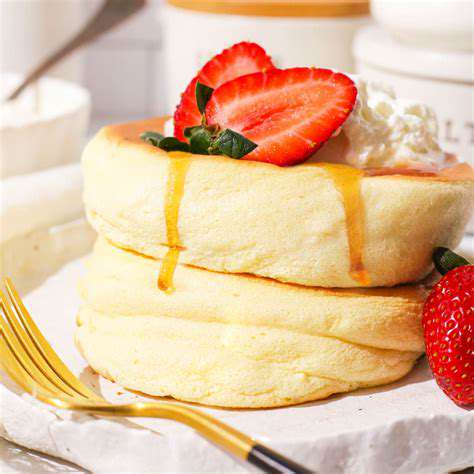
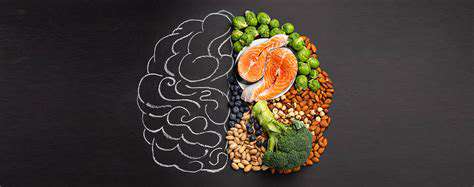
![Best Vegetarian Restaurants in [City]](/static/images/28/2025-05/LocalFavoritesandHiddenGems.jpg)

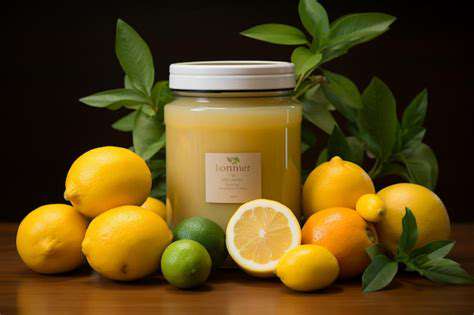
![Healthy Meal Plan for Weight Loss [7 Day Guide]](/static/images/28/2025-05/Day53AAFocusonFiberandHydration.jpg)





